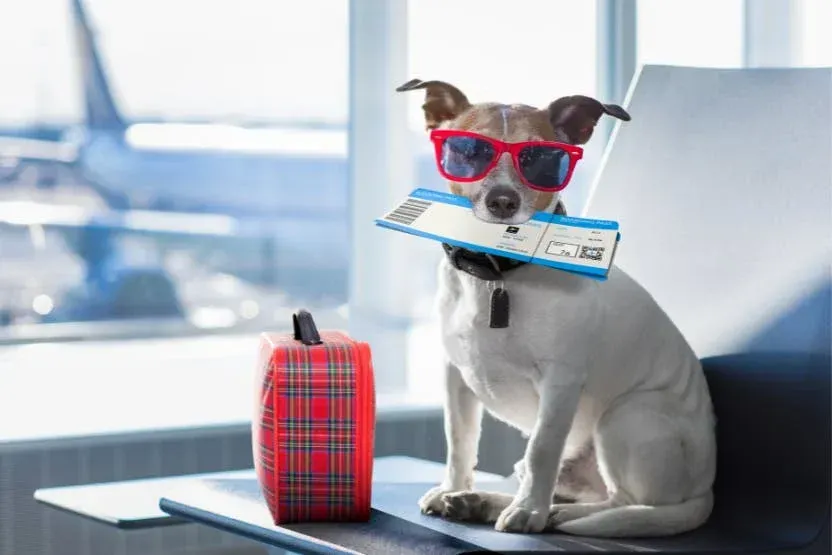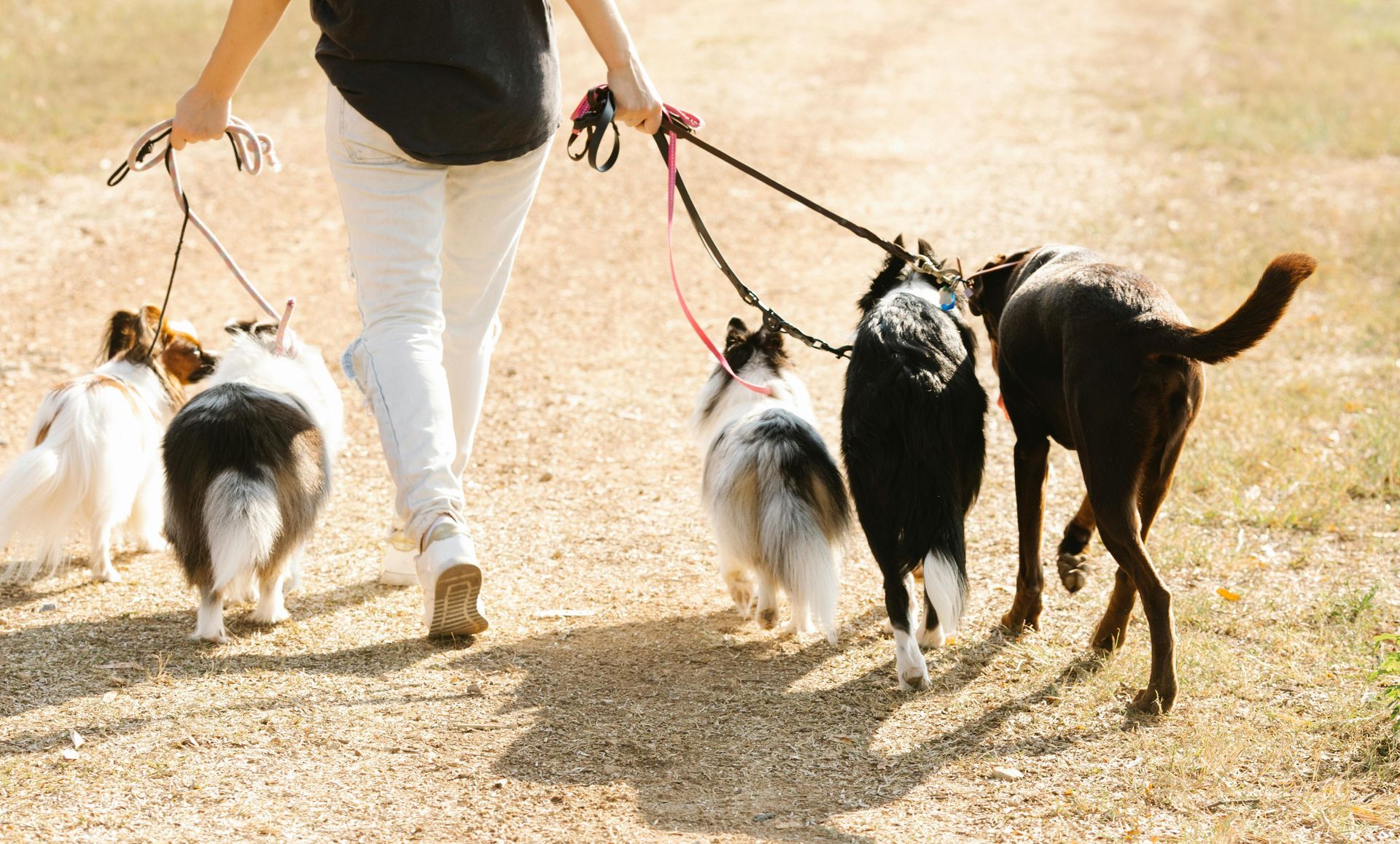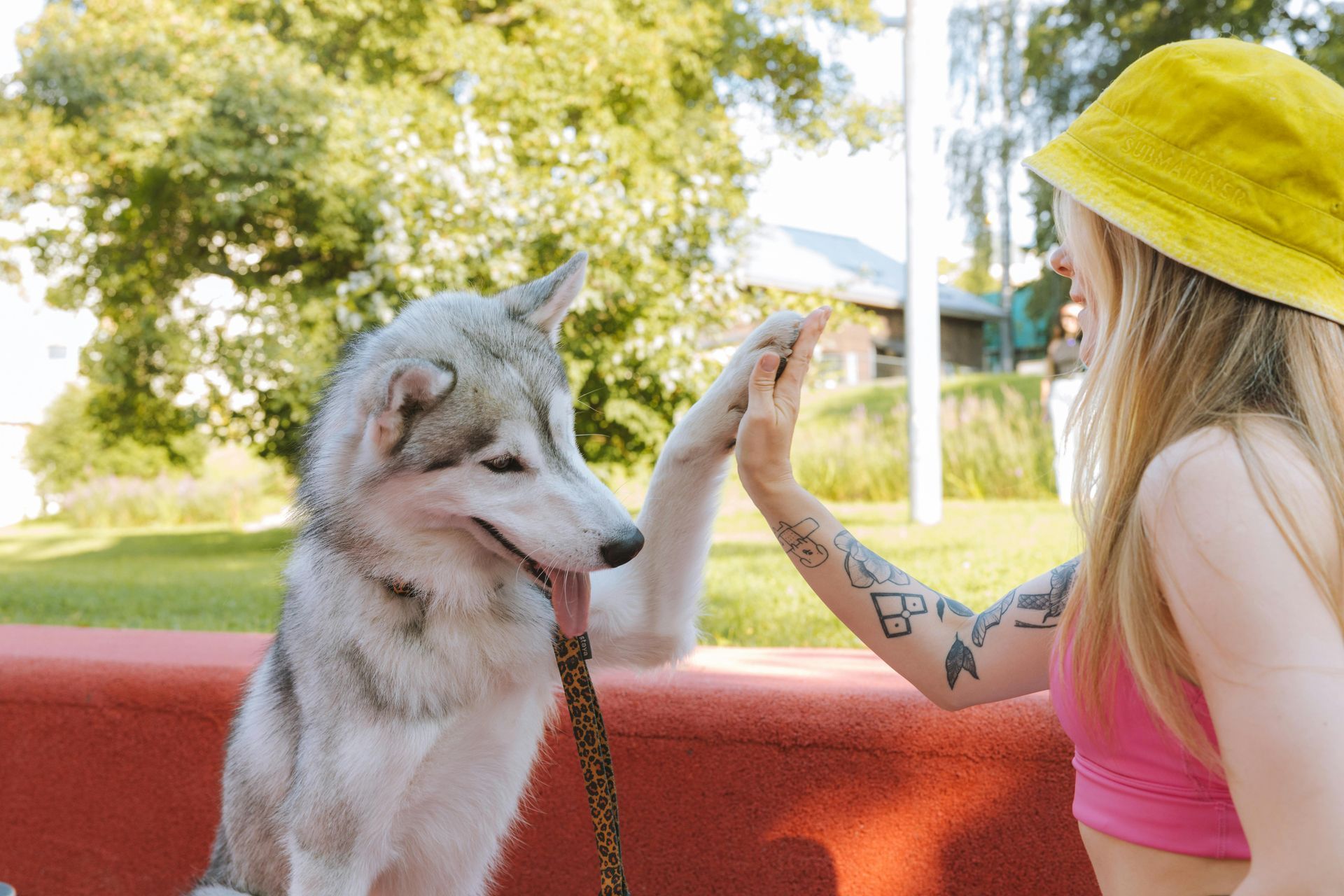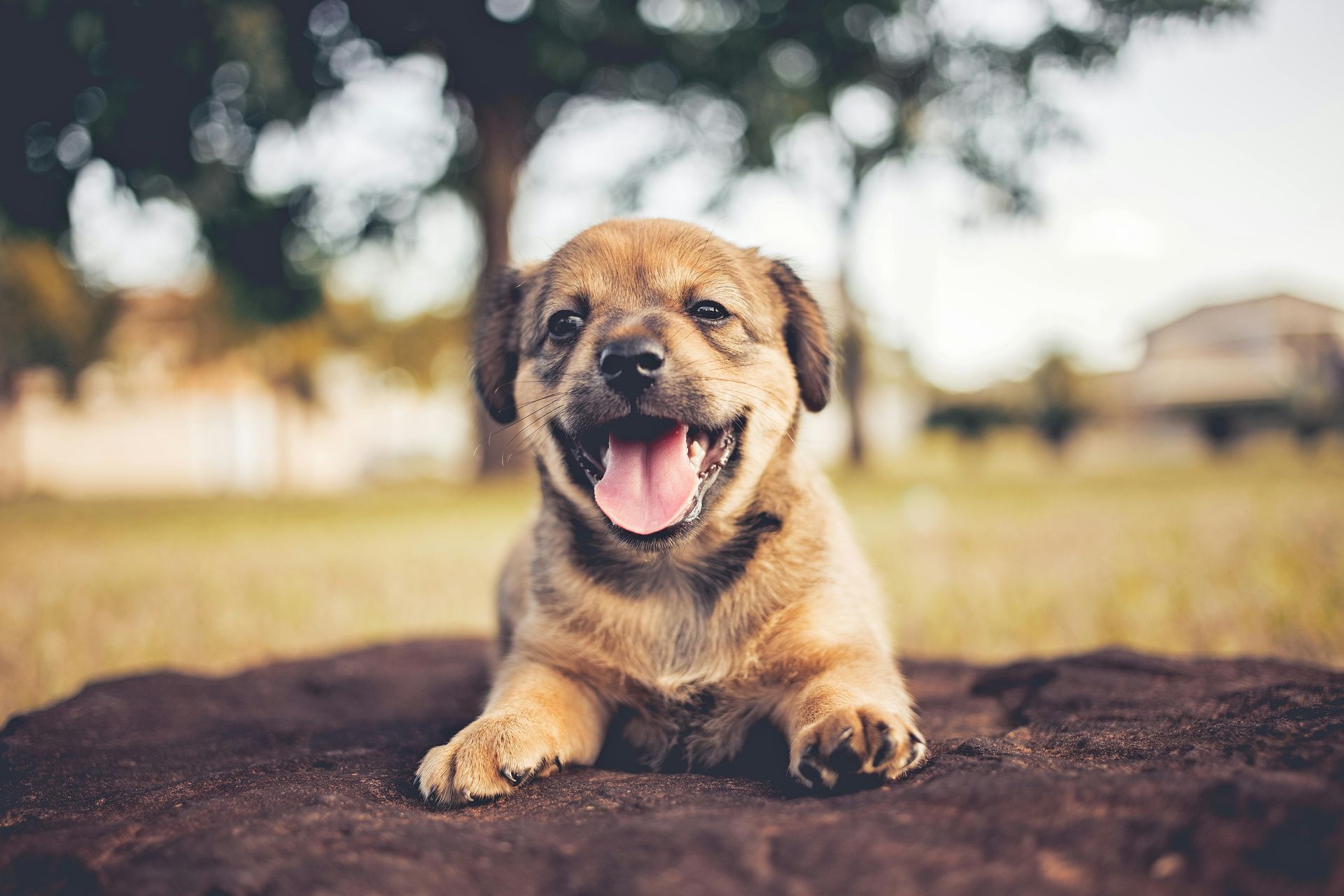The Role of Playtime in Dog Training
Playtime with Purpose: Incorporating Play Into Dog Training
Integrating play into the training regime can revolutionize the way we teach our dogs. Play makes learning more enjoyable and memorable for dogs, reinforcing desired behaviors through fun and interactive methods. This post discusses how play can be effectively used in training to enhance learning and strengthen bonds.
1. Benefits of Play in Training: Play helps to relieve stress, increase motivation, and improve concentration in dogs. It also stimulates their cognitive development and social skills, making it a powerful tool in any trainer's toolkit.
2. Types of Playful Training:
- Fetch Incorporation: Use fetch to teach commands such as “come,” “drop it,” and “stay.”
- Tug of War: Utilize tug games to work on “take it” and “let go” commands, ensuring to always control the start and end of the game.
- Hide and Seek: Strengthen your dog’s recall command and problem-solving skills by hiding and calling them to find you.
3. Creating a Playful Learning Environment: Keep the training environment dynamic and engaging. Use toys that involve puzzles and challenges that require your dog to think and engage physically.
4. Balancing Play and Discipline: While play is beneficial, balancing it with discipline ensures that your dog does not get overly excited and remains attentive to commands. Implement rules during play and enforce them consistently.
5. Play with Other Dogs: Group play sessions can be an excellent way for dogs to learn social cues and practice behaviors in a controlled and supervised setting. Monitor these interactions to ensure they remain positive and educational.
6. Knowing When to Play: Identify times when your dog is most receptive to play. This can vary depending on their age, breed, and temperament. Align playtimes with these periods for maximum effectiveness.
Incorporating playtime into training not only makes learning fun but also enhances the bond between you and your dog. At Best By Farr Dog Training, we encourage creative play techniques that motivate and excite dogs, making training sessions something they look forward to. Embrace play and watch your training sessions transform!
Share








